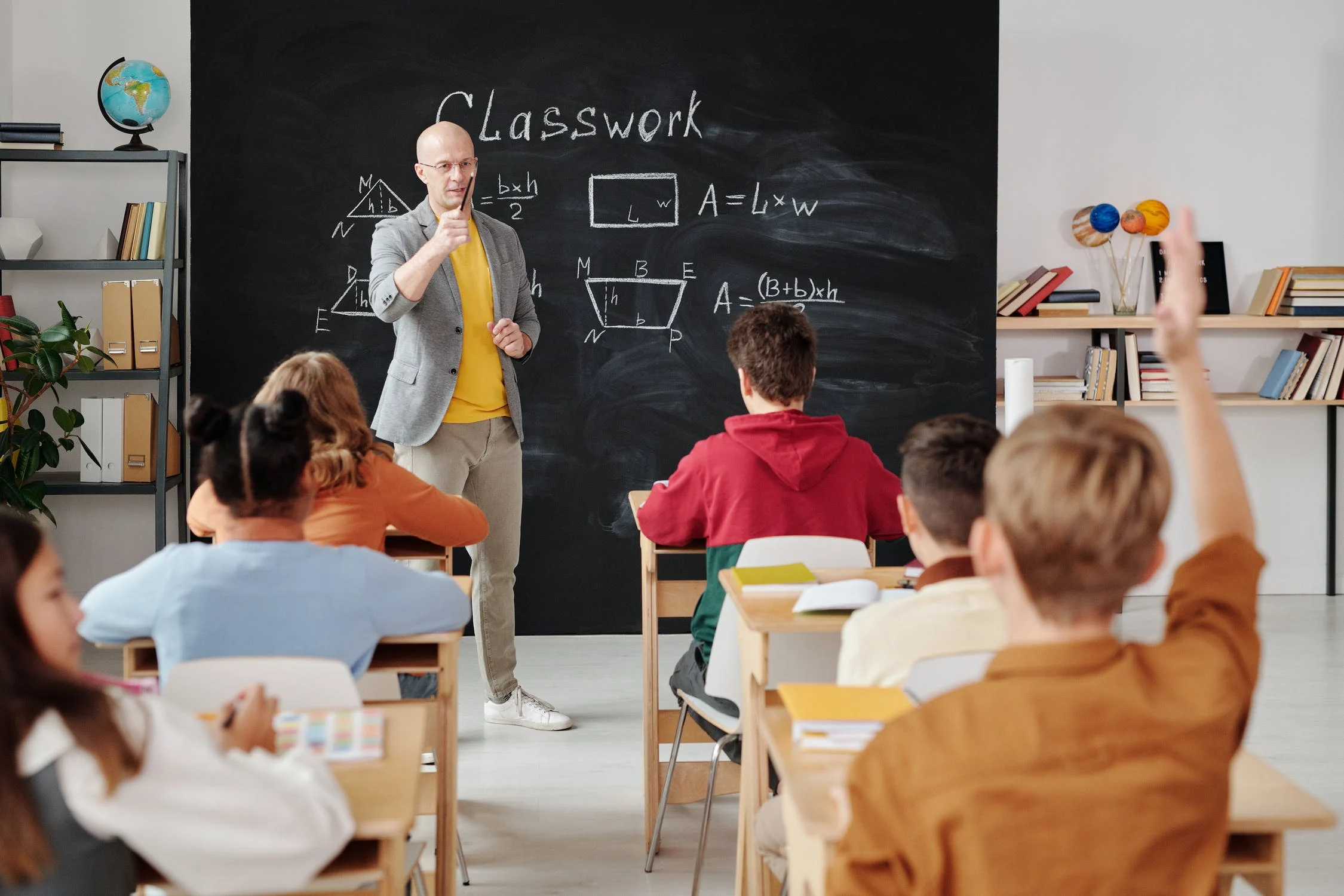Children's Eye Health and Safety Month

In the coming weeks, parents are preparing to send their children back-to-school with all the tools of success, including a backpack, lunch bag and plenty of binders and folders. But what if the best way to insure a successful student wasn’t a tool you could find at your local back-to-school aisle?
This August is Children’s Eye Health and Safety Month, and Premier Patient Housing believes this is a timely reminder to prepare children for the classroom and athletics in the coming year through eye exams and proper eyewear.
Why Is Eye Health Important in the Classroom?
During the first three years of school, children are learning to read. Older students are reading to learn or test, and using computers for long stretches at a time to complete homework and projects. In other words: children are always using their eyes to learn.
Since learning is extremely visual within the classroom, the smart thing to do is to bring your child to an eye professional for regular eye examinations and is the best way to ensure your child’s vision health. When you ensure your child’s visual health, you’re doing a great deal to ensure your child’s academic success at any age.
20-20-20-20 Rule
Another eye health problem is staring at one thing for hours, as eyes were not made for such lengthy focus on a single object such as a phone screen or computer. Solve this problem by keeping in mind the 20-20-20-20 rule.
- Take a break every 20 minutes.
- Look away and let your eye muscles relax for 20 seconds or more.
- Look into the distance, out a window, or down a hallway at an object that’s at least 20 feet away.
- Close the eyes or blink rapidly for 20 seconds, and use eye drops to re-lubricate the surface of the eye.
Eye Health Problem Behavior(s)
It’s important to note that eye problems can develop at any time, including between yearly appointments. For that reason, it’s important to be on the lookout for behaviors in your child that indicate that they may be experiencing some sort of vision problem. According to Kars4kids Parenting, if you note any of the following behaviors, schedule an appointment with an eye professional.
- Rubbing eyes all the time
- Covers or closes an eye
- Tilts head to side or pushes head forward, especially when watching television
- Holds book too close or too far away
- Blinking often
- Becomes upset when forced to do reading or other close work
- Squints or frowns
- Disinterest in reading or viewing distant objects
- Eyes tend to wander
Eye Safety
Unfortunately, eye injuries can happen at any time, but we can play our part in preventing them. When children participate in sports, recreation, or certain classroom projects, it’s important for them to know eye safety practices and use protective glasses as appropriate.
Protective Eye Wear
Children and teens alike need to use protective eyewear whenever they are practicing or playing a sport that raises their risk of eye injury. Some sports have a higher risk for eye injuries than others. The most common sports in which there is a high risk of eye injury include:
- Baseball and softball
- Basketball
- Fencing
- Hockey
- Mountain biking
- Paintball
- Racquetball and squash
Proper eye wear that correctly fits your child’s face, can go a long way in preventing sport related eye injuries.
Eye Safety Tips
It is important to teach your child about eye health and safety from a young age. This includes how to keep your eyes safe from injury and infection. Starting off with good eye habits at a young age will help to create a lifestyle that will promote eye and vision health for a lifetime.
- Don’t Rub – If you feel something in your eye, don’t rub it – it could make it worse or scratch your eyeball. Instead, wash out the object to avoid injury.
- Create Eye Safe Habits – Carry pointed objects such as scissors, with the sharp end pointing down. Never shoot objects (including toys) or spray things at others, especially in the direction of the head.
- Use Eye Protection – Protect your eyes when engaging in activities such as the recreational sports listed above, using chemicals or power tools or gardening. Speak to an eye professional about the best protection to prevent serious eye injuries.
- Give Your Eyes a Break – When looking at a TV, phone or computer screen for long periods of time, follow the 20-20-20-20 rule.
As your chil(ren) go back to the classroom this August, Premier Patient Housing hopes that they are not only set up for success with their supplies, but with their eye health and safety!


